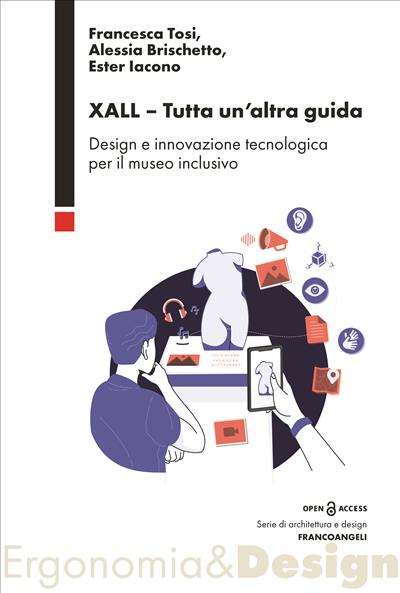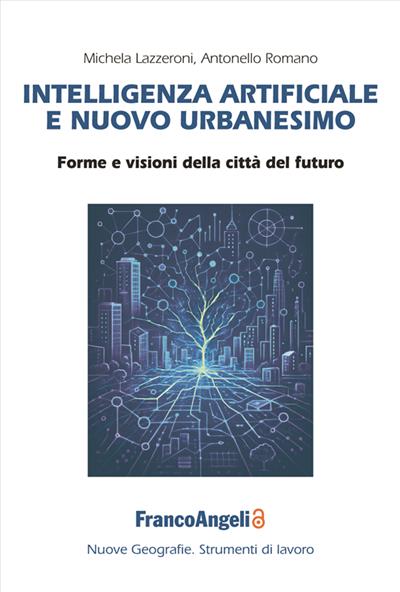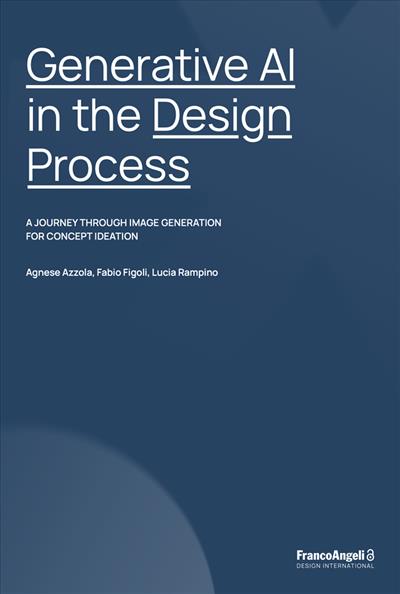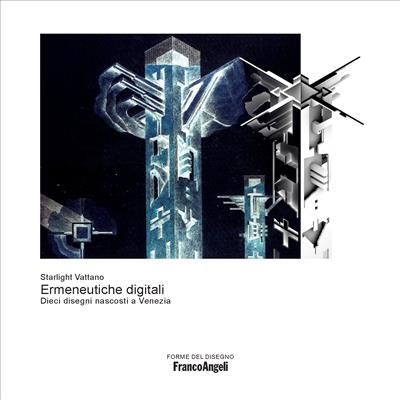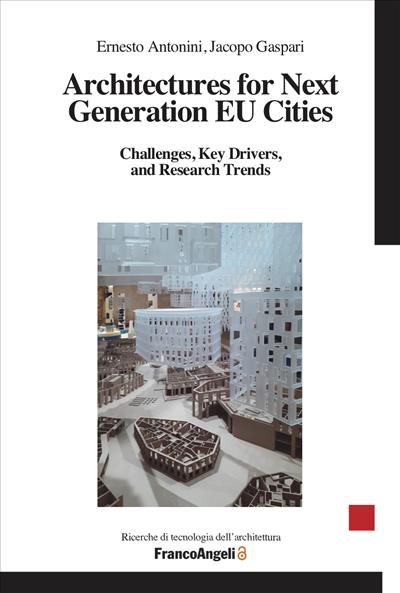
Ernesto Antonini, Jacopo Gaspari
Architectures for Next Generation EU Cities
Challenges, Key Drivers, and Research Trends
Cities are facing unprecedented challenges driven by different forces. On the one hand the ever-increasing effects of climate change are impacting on the urban microclimate and environmental balance, on the other one social, political and economic issues are influencing the living conditions, the accessibility to primary services and resources, as well as growth opportunities for the younger generations. The book provides therefore insights, experiences, approaches to deal with current and especially with future transition processes which are expected to shape the cities of tomorrow.
Pagine: 290
ISBN: 9788835144564
Edizione:1a edizione 2022
Codice editore: 11330.3
Informazioni sugli open access
